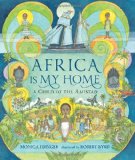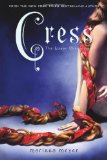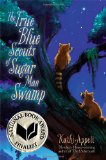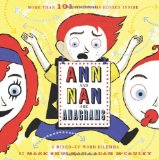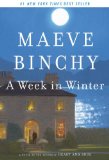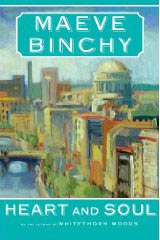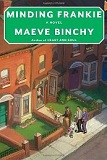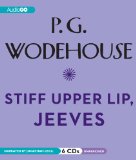Review of Africa Is My Home, by Monica Edinger, illustrated by Robert Byrd
A Child of the Amistad
by Monica Edinger
illustrated by Robert Byrd
Candlewick Press, 2013. 60 pages.
Starred Review
I should mention right up front that I’ve met Monica Edinger on a few occasions and had a chance to talk with her and enjoyed the conversation tremendously. She is one of School Library Journal’s Battle Commanders in the Battle of the Books! So I was definitely predisposed to like this book.
But there’s a whole lot to like! This book is based on a true story of Margru, a girl who was on the ship Amistad, where the slaves fought back. She ended up gaining her freedom and going back to Africa in her adulthood as a missionary.
The book is presented as fiction, but the author explains in a note at the back that she researched the book intending to write nonfiction, but because of a lack of material about when Margru was a child, she was able to present the story more effectively writing as fiction, from Margru’s point of view, “giving Margru a voice of her own.” The author says, “The story is still true; those instances where I have imagined her feelings, invented dialogue, or created scenes are based on my research and on firsthand experiences in Sierra Leone.”
And the story is a dramatic one. It covers Margru being sold into slavery, the dramatic revolt on the ship (after they had already landed in Cuba and been sold), and then the long process where the mutineers were put on trial and their fate was decided. During this process, it also describes Margru’s feelings about America (All those clothes! And snow!) and how she went to school, became a Christian, and decided to train to be a teacher to teach her people at home in Africa.
The book is not long, and there are illustrations on every set of pages, so it’s accessible to children who are as young as Margru, nine years old when she was sold into slavery. A powerful story that really happened, this will capture children’s imaginations.
Find this review on Sonderbooks at: www.sonderbooks.com/Childrens_Fiction/africa_is_my_home.html
Disclosure: I am an Amazon Affiliate, and will earn a small percentage if you order a book on Amazon after clicking through from my site.
Source: This review is based on a library book from Fairfax County Public Library.
Disclaimer: I am a professional librarian, but I maintain my website and blogs on my own time. The views expressed are solely my own, and in no way represent the official views of my employer or of any committee or group of which I am part.
Please use the comments if you’ve read the book and want to discuss spoilers!
